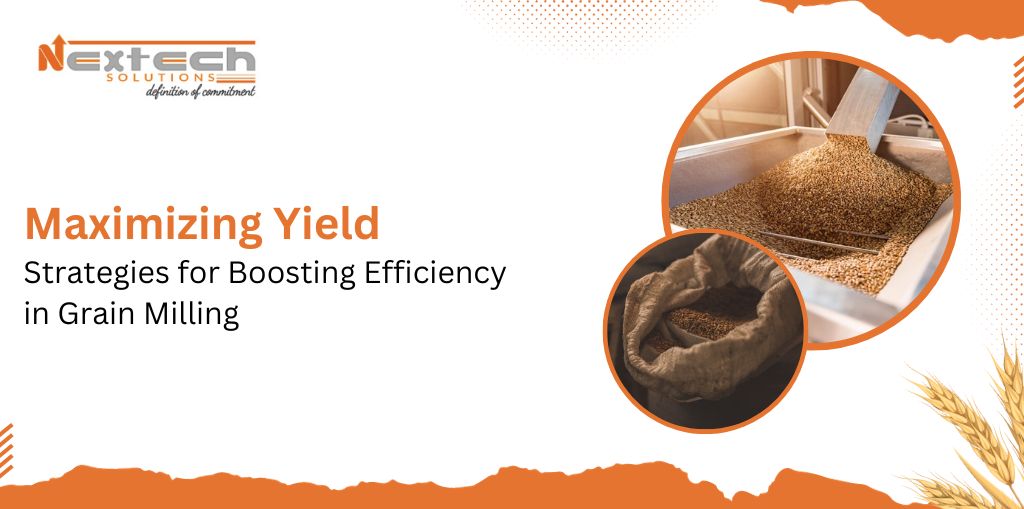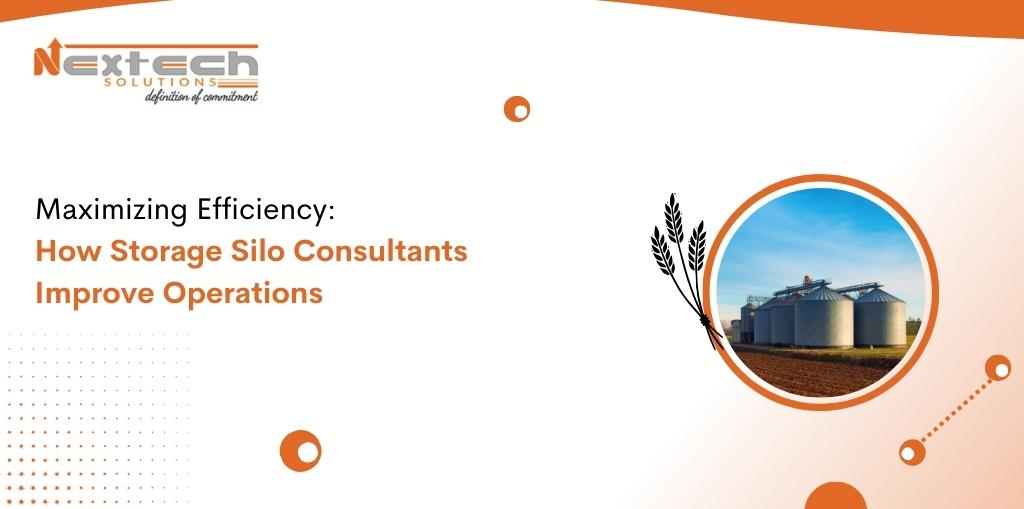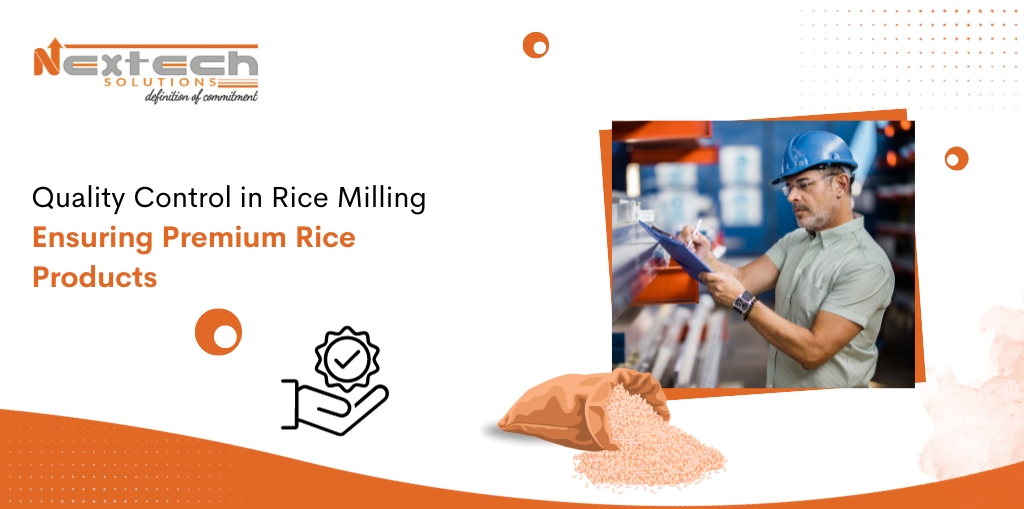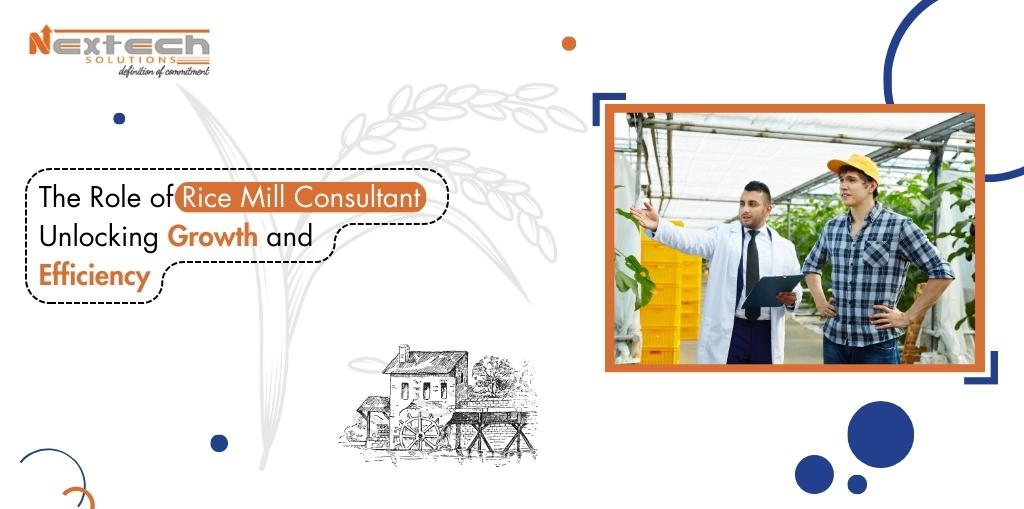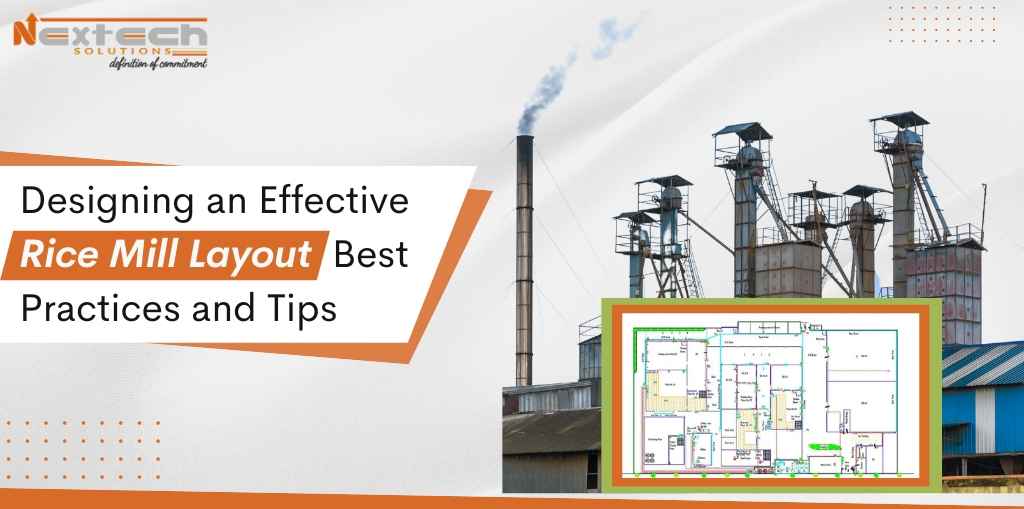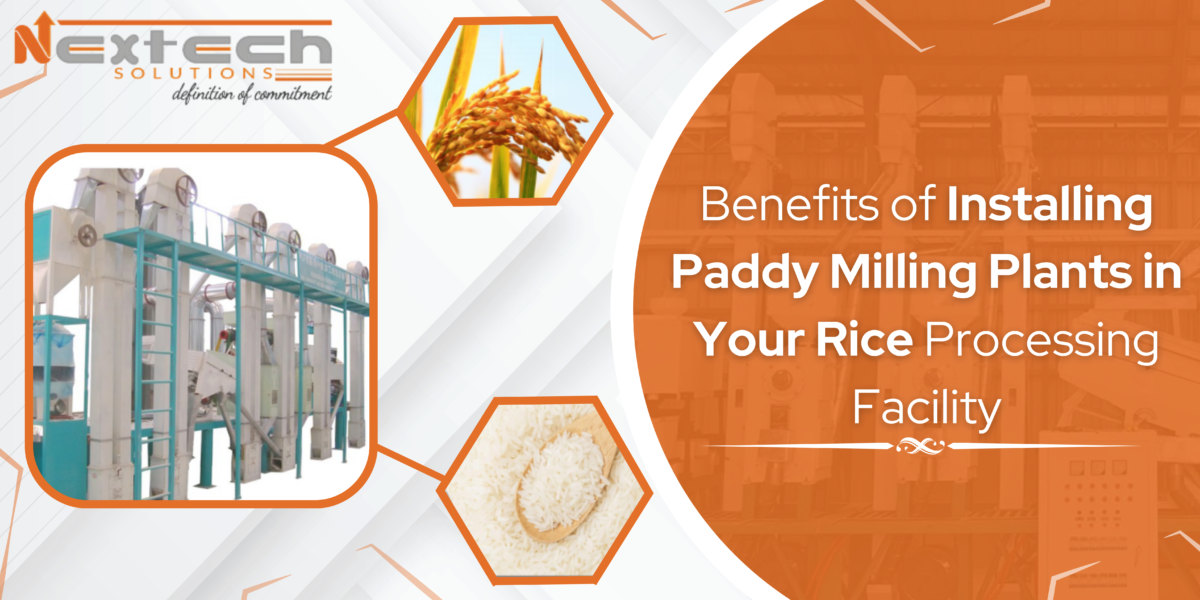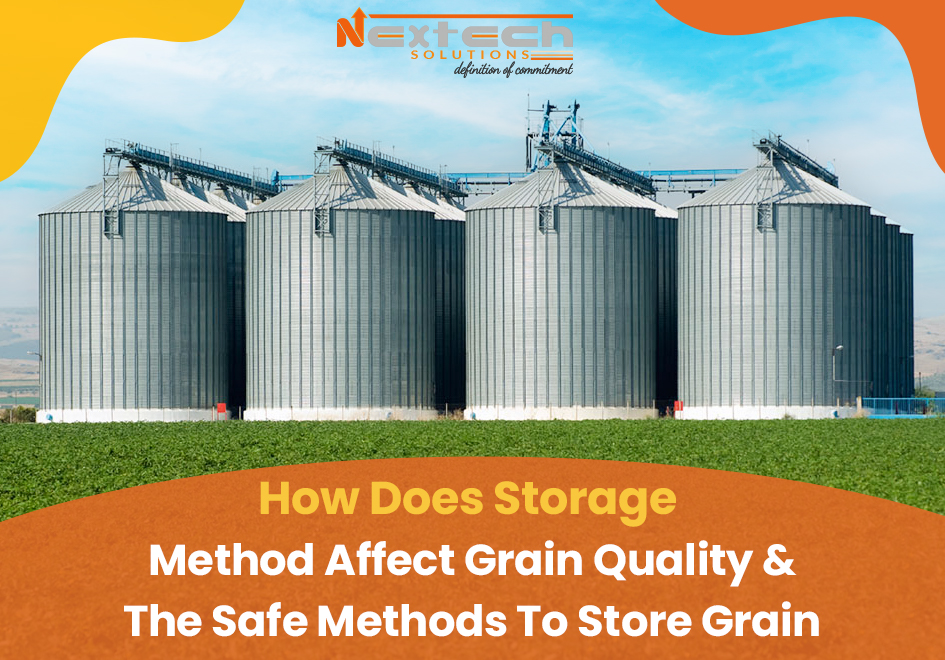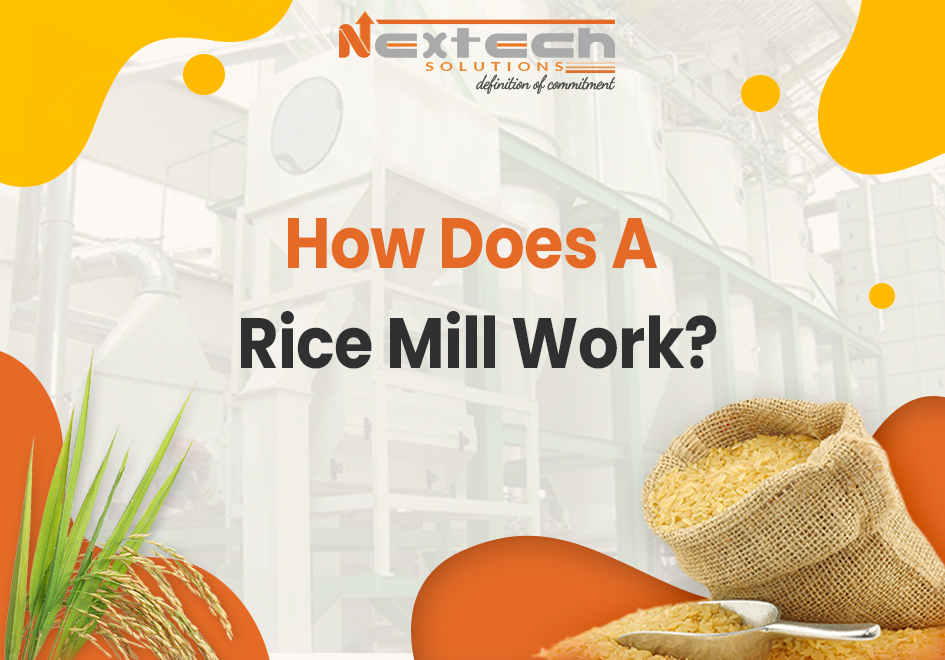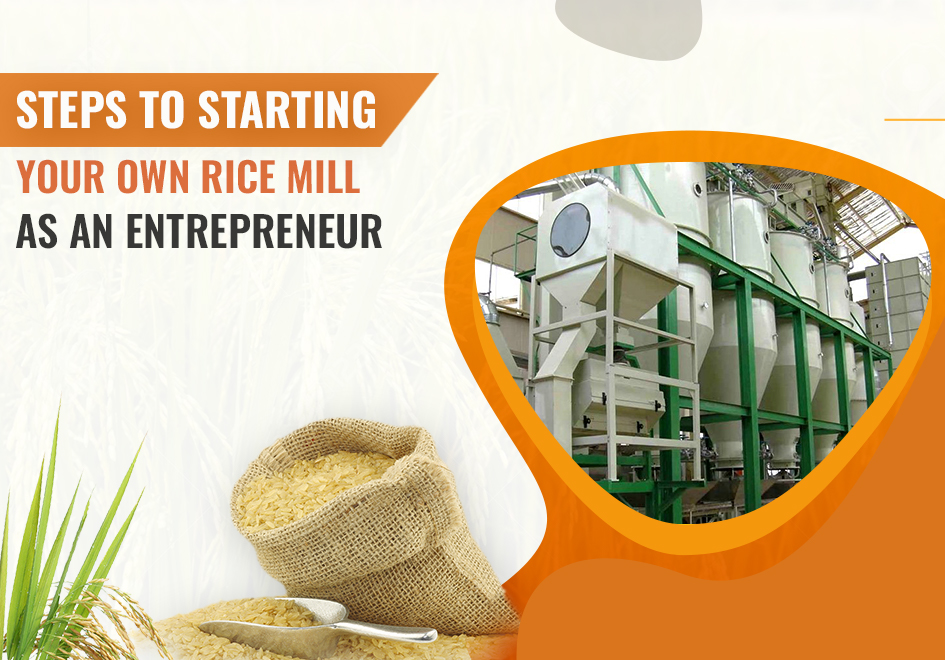In the world of grain milling, every bit of efficiency can make a significant difference. Whether you’re in the Grain Milling Solution business or the Rice Mill industry, optimizing your operations is crucial for success. In this article, we will explore strategies to maximize your yield and boost efficiency, helping your business thrive.
Understanding the Grain Milling Process
Before we dive into specific strategies, it’s essential to have a solid understanding of the grain milling process. Grain milling is the process of grinding and processing grains, such as rice, wheat, or corn, into various products like flour, cereals, or animal feed. To enhance efficiency, you must grasp the intricacies of each step.
Upgrading Your Equipment
Investing in modern and efficient equipment is a fundamental step in enhancing your grain milling business’s productivity. Outdated machinery can lead to frequent breakdowns and lower quality products. Upgrading to state-of-the-art technology can save you time and reduce operational costs in the long run. Furthermore, embracing advanced technology is a forward-looking step that can lead to significant efficiency improvements and cost savings for your grain milling operation.
Implementing Automation
Automation is a game-changer in the world of grain milling. By incorporating automated systems, you can streamline your processes, reduce human error, and increase production. From sorting and cleaning grains to packaging the final products, automation can optimize every stage of the milling process.
Quality Control
Maintaining stringent quality control measures is vital. By regularly testing the quality of your grains and end products, you can identify and eliminate inefficiencies. This ensures that only the finest products reach the market, enhancing your reputation and customer trust.
Efficient Supply Chain Management
Effective supply chain management is essential for any business, and grain milling is no exception. Ensure you have a well-organized supply chain, from sourcing grains to distributing the final products. Timely deliveries and a reliable network of suppliers are critical for optimizing efficiency.
Energy Efficiency
In grain milling, energy consumption is a significant operational cost. Implementing energy-efficient practices and equipment can help you save on your energy bills. Consider using renewable energy sources, upgrading to energy-efficient machinery, and optimizing your production schedule to minimize energy waste.
Waste Reduction
Waste reduction is not only eco-friendly but also cost-effective. By minimizing waste at every stage of the milling process, you can save money and resources. Consider reusing byproducts or exploring alternative ways to utilize waste materials.
Staff Training and Development
Your workforce plays a pivotal role in the efficiency of your grain milling operation. Investing in staff training and development can lead to improved skills, higher productivity, and lower error rates. A well-trained team is an asset that can significantly impact your bottom line. Furthermore, investing in staff development and skill enhancement not only enhances productivity but also boosts overall profitability. Additionally, a well-trained and skilled team can drive innovation, streamline processes, and ultimately contribute to the financial success of your grain milling business.
Marketing and Customer Engagement
Promoting your Grain Milling Solutions or Rice Mill Business is as important as the milling process itself. An effective marketing strategy and engagement with your customers can boost demand for your products, ensuring that your production efforts are well-utilized.
Conclusion
Efficiency in grain milling is not only about the quantity of grains you process but the quality of the final products and the overall sustainability of your business. Moreover, striking a balance between quantity and quality is essential for long-term success in this industry. Furthermore, this equilibrium ensures that you not only meet market demand but also build a reputation for excellence and reliability.
Additionally, a strong reputation can lead to increased customer loyalty and sustained growth in the grain milling sector. By embracing these strategies, you can take your Grain Milling Solutions or Rice Mill Business to new heights. In the competitive world of grain milling, staying ahead is key. Furthermore, these methods will undoubtedly help you achieve that
Remember, every step towards efficiency is a step towards success.
So, keep milling, keep growing, and keep thriving in your grain milling venture. In conclusion, a commitment to continuous improvement and these strategic approaches will help your business reach new heights in the competitive grain milling industry.
 MAIL US :
MAIL US :
 CALL US :
>
CALL US :
>
